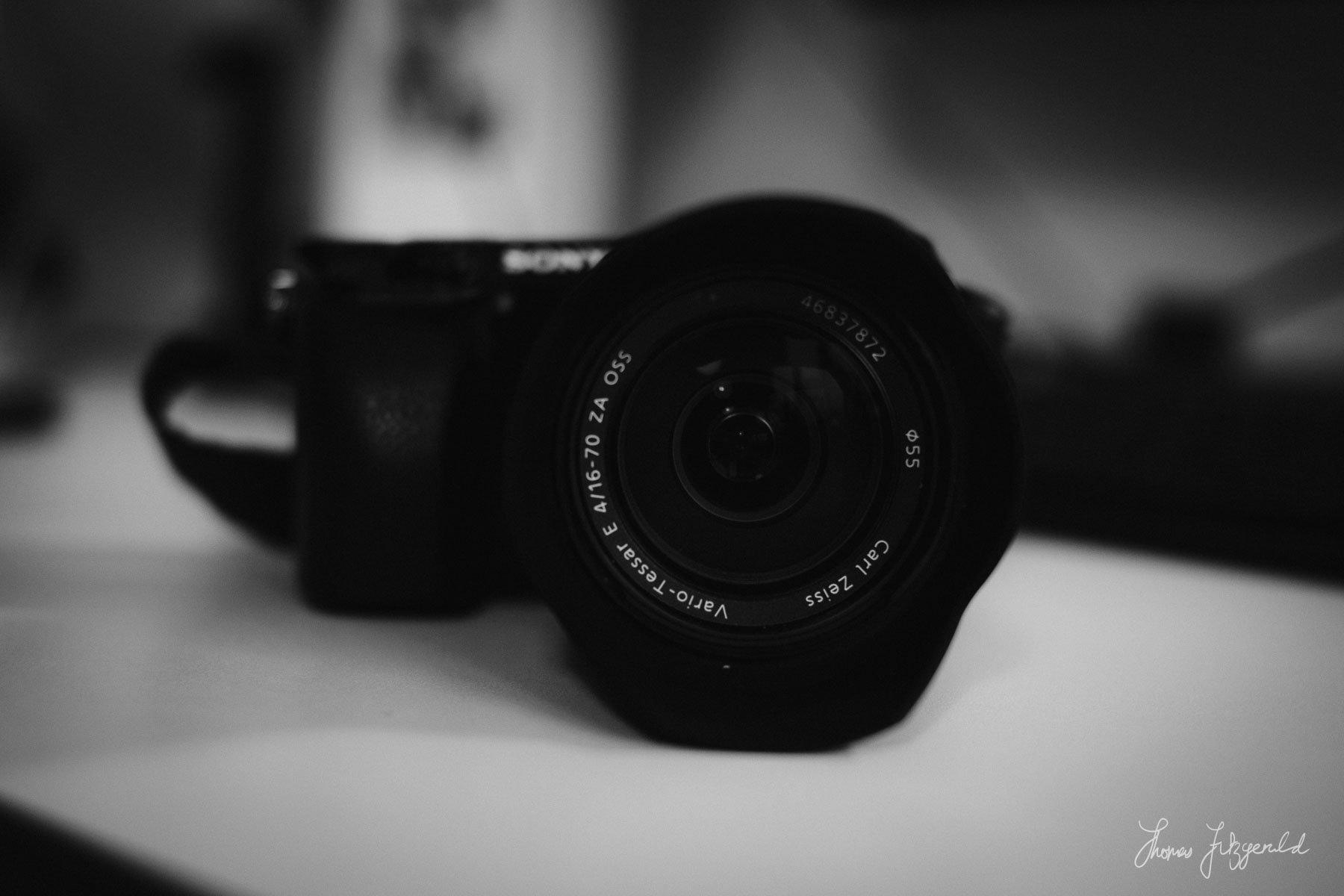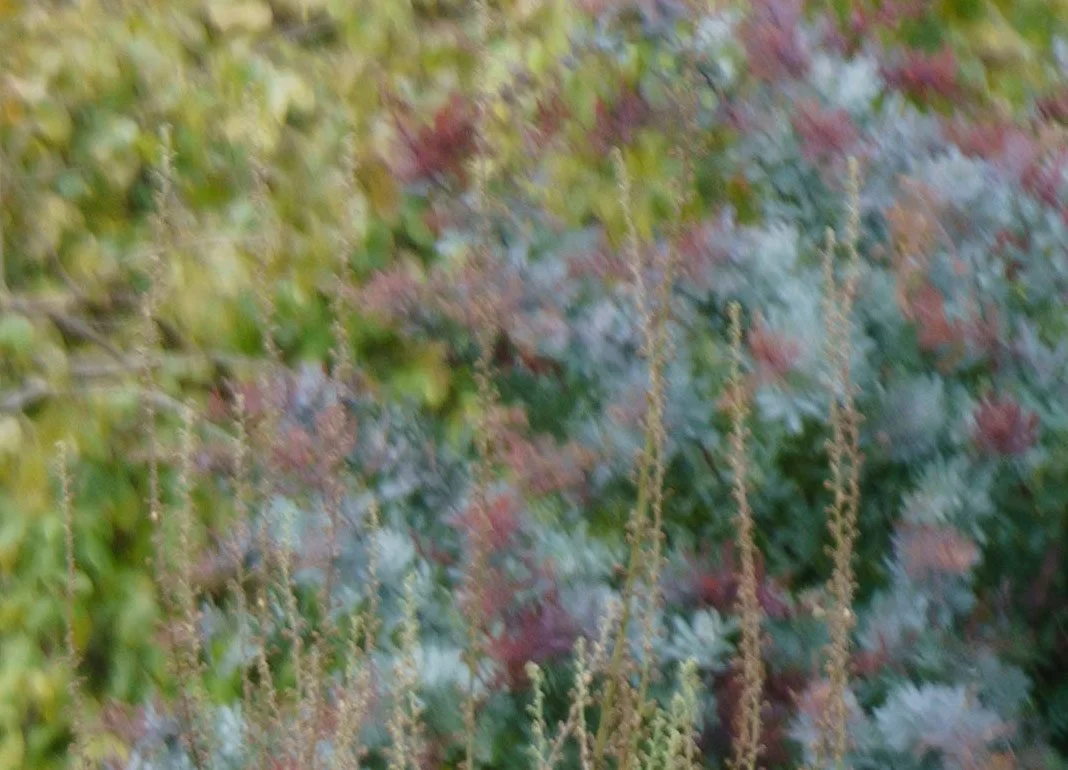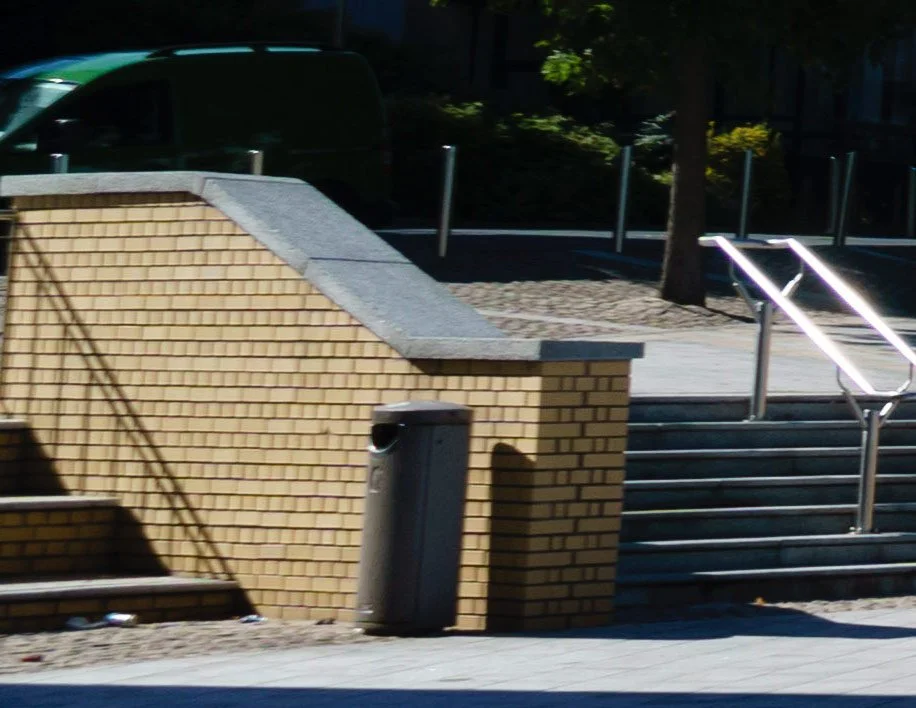Sony 16-70 Lens Review (And a great second hand deal)
I wanted to get a more flexible lens option for my mirrorless cameras, as I’m kind of stuck with primes apart from the Fuji 18-55mm. Which is fine for certain types of photography, but not ideal when you want flexibility. I really wanted to get the 16-80 Fujifilm lens, but you just can’t get it anywhere right now, especially here in Ireland. It’s been on the waiting list at most of the stores in Dublin, and you can’t even get it on Amazon. The other option I have been considering is the Sony equivalent, which is the 16-70 f4 Zeiss to use on my A6000. Recently, I saw that my local camera store had this lens second hand at a great price, and so I went in to check it out.
When I asked to see it at the store, I was immediately taken aback by the condition it was in. It was immaculate. Given the price I was expecting it to be in a bad way, but It’s as if it had never even been used. Totally pristine. It was boxed with all its accessories and even in the original bubble wrap. I did a quick check to make sure it was ok, and then purchased it as the deal was too good to resist (less than half the price of it new.)
At first I was a little disappointed. Most of the reviews rave about this lens, although there are a few who don’t, and so I wasn’t expecting it to be brilliant, but hoping it would at least be decent. On the first few tests I shot with it, I was impressed with the sharpness, and the transmission, but I thought that the edges were a bit soft. Also, some of the distance shot I took were soft wide open and there was a weird quality to it, almost like a haloing. But other shots were perfect. I even posted about this to Facebook, venting a little frustration.
Here’s what I initially wrote:
However, while centre sharpness is great, the edge sharpness is pretty bad wide open, especially at 16mm. Also, it’s kind of weird but it depends on the subject distance and to a degree angle. I suspect if it’s across the plane of focus then it’s ok, but anything off axis and the result is quite unpleasant. If it was just soft it wouldn’t be too bad, but it’s an unpleasant distorted soft that looks more like an optical aberration. Some of the shots I took were perfect, but others were quite bad at the edges.
Because on the one hand, it seemed like an amazing lens, but in certain conditions, it seemed to be pretty bad - It didn’t really make sense. I knew it must be something I was doing, so I set about doing more testing.
Once I had a bit more time with it, I realised what the issue was, and once I figured that out, I was much happier with it. In fact, now I’m pretty impressed, especially given how little I paid for it second hand. Before I get to that and explain the minor issue and the one negative thing, let me talk about the positives:
Firstly, when you nail the focus, it’s pin sharp., and I do mean sharp. This isn’t a new lens, and has been around for a while, and so I wasn’t expecting it to be brilliant, but the resolution is excellent, and images jump off the screen. When you load them up, it actually takes you by surprise how good they look, especially if you had been used to Sony’s cheaper APSC lenses. But the sharpness isn’t even the best part of it, although it is really good.
Sony A6000 with 16-70mm f/4 Lens
The contrast, transmission and colour rendering on the Sony 16-70mm are excellent. It reminds me of the look I would get with the Canon 24-105 f/4. Contrast was rich, micro contrast is perfect. Colours look amazing and there’s no colour shift that you can sometimes get with lenses. Gradients are smooth and creamy. The image quality is excellent. It’s hard to describe until you try it for yourself. If you’re only used to consumer lenses, you might not even know what I’m talking about here, but this is in many ways a pro level lens, and you can see it the second you import your first image onto your computer. It actually makes me surprised at the image quality I can get out of my ageing A6000.
Except for one thing.
The weird softness I was experiencing wasn’t edge softness, but rather areas of the image that were slightly out of focus. (There is some edge softness wide open too, but that wasn’t the weird optical defect I was seeing) Unfortunately this lens has one flaw in an otherwise excellent optical formulae. Areas that are slightly out of focus look awful. While very blurred areas, that are totally out of focus, are fine and quite pleasant, the fall off has a weird optical quality that looks cheap and nasty and is the only defect that ruins the experience. So in focus is nice and sharp, and totally out of focus bokeh is pleasant, the area in between, where you drift from sharp to slightly soft, in front of and behind the focal plane is really unpleasant. It’s worse and more noticeable at 70mm, and it’s more noticeable with subjects at a considerable distance.
Optical Quality of the Slightly Out of Focus Area at a distance: 1:1 Crop
Medium Distance Out of Focus Quality 1:1 Crop
Full view of the above shot (click to view large)
Edge Softness at 16mm F/4 1:1 Crop
So is this a deal breaker? I don’t think so. Once you’re aware of it, and the gcircumstances where it can manifest, it’s easy to avoid. Stopping down from f/4 will often resolve the issue, especially at wider focal lengths.
The one thing I love about this lens is the flexibility of the focal length. I’ve written before on my blog about how much I miss my old Canon 24-105 which I stupidly sold years ago, and this is the equivalent focal length for the Sony. It’s not as good optically as the full frame Canon, but the flexibility is there. I love having the 24mm equivalent (16mm) and I much prefer that as a focal length that the 28mm equivalent an 18mm lens gives. There is a couple of other Sony lenses that have similar flexibility, such as the 18-135 but they lack the wider 16mm that I personally prefer. The optical image stabiliser is handy to have, but to be honest, it’s not brilliant. I still get some shake at certain shutter speeds that should be stabilised, but to be honest, I haven’t thoroughly tested it. I suspect with a body that has IBIS it would be a lit better.
Th only other real downside is the fact that it’s f/4. On an APS-C body this gives the equivalent depth of field of an f/6 lens which isn’t great. I would like a bit more operation, but that’s the price you pay for the compactness, and it is quite compact and neat mounted on the A6000. The one thing Idid find though is that the mount is a bit loose, and you can feel it give a little when holding the lens, but that could be my camera, or the e-mount in general.
So, it sum up, despite some initial concerns about the lens, I’ve grown to love it in the short time I have had it. Image quality is, for the most part, excellent, and I’m more than happy given the great deal I got when buying it second hand. If you have a Sony A6K series camera, if you can find a good price on one second hand, and you can learn to work around its limitations, it’s an excellent addition to your kit. (It’s also available on Amazon and other online stores if it’s in stock) I’m very happy with mine now. I don’t do star ratings on my reviews but if I did I’d give the Sony 16-70mm f/4 Zeiss 4 out of 5 stars.
Below are some sample images. For the most part these have had very little additional processing done, and mostly are straight out of the camera, with the exception of the cover photo above (which has had some masking and additional clarity). In all cases, there has been no additional sharpening except for the Lightroom defaults, and in most cases it’s actually less than the default. These are not full res - so you won’t be able to pixel peep. It’s just not practical for mw to do that with my current hosting on Squarespace. If you want to download full res images, DP Review has a selection taken with this lens.
Help Support the Blog
Check out my Capture One Style Packs
If you’re looking for some Film Effect, or black and White style packs for Capture One, check out my Capture One styles on my Gum Road Store.
Buy me a coffee!
If you’d rather not use Patreon, but still want to say thanks or help, then you can feed my caffeine habit and buy me a coffee via PayPal with a one off donation to my PayPal tip jar.
Join our Facebook Group
If you want to discuss anything you’ve read here on my website, or saw on my youtube channel, or if you want to share images you’ve created using any of my techniques or presets, then I’ve started a new Facebook Group just for that.
Note that this post contains paid affiliate links. We get a small commission for purchases made through these links, which helps run this site.





























